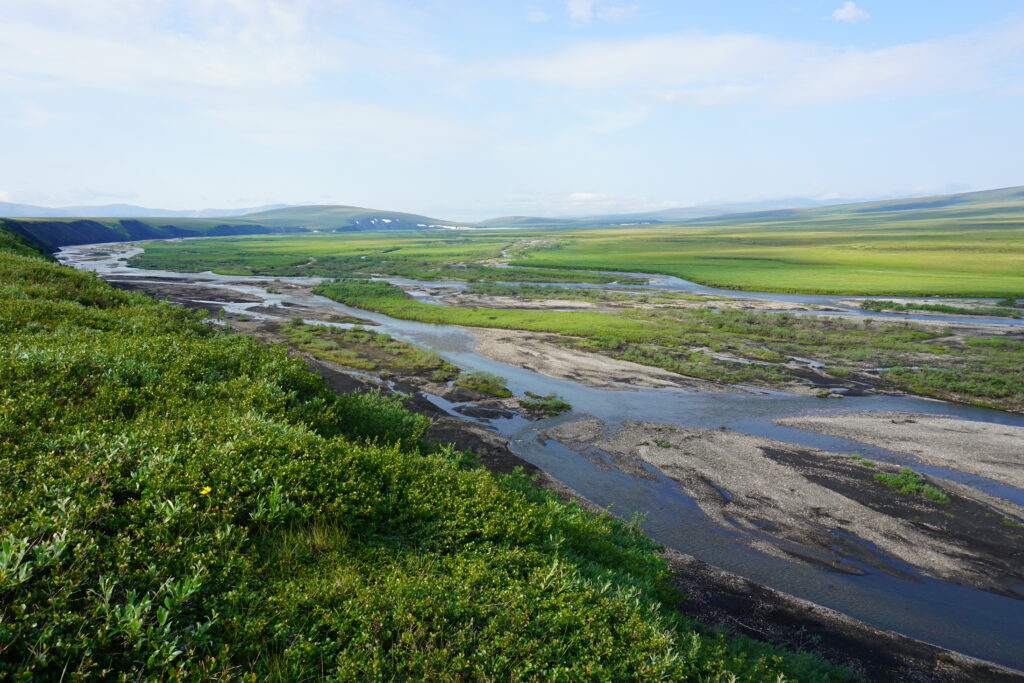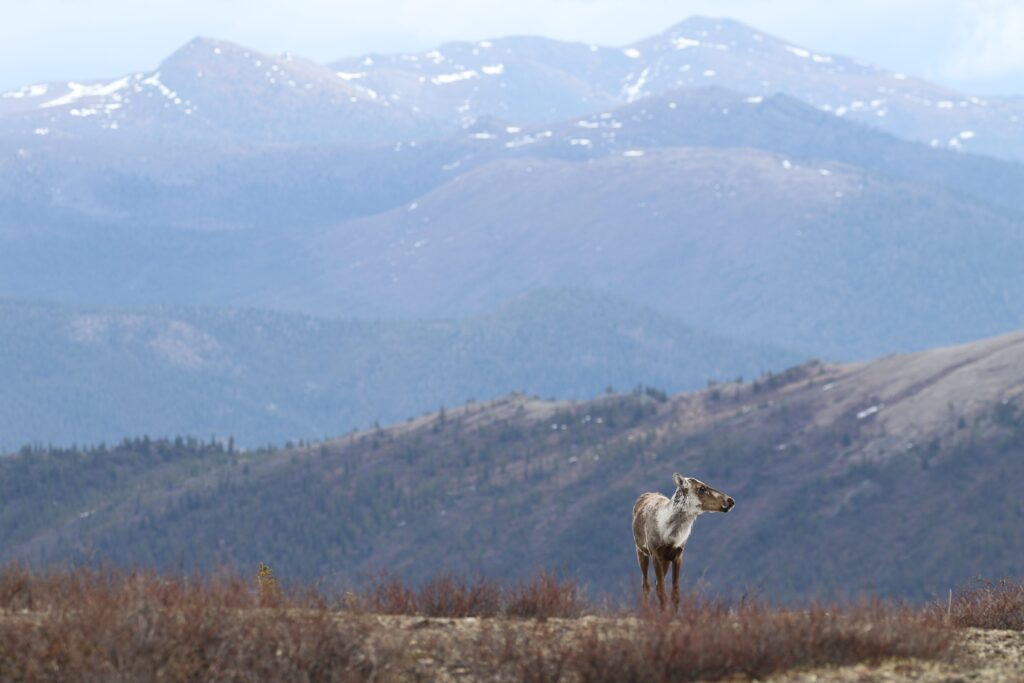“The Arctic tundra is one of the coldest biomes on Earth, and it’s also one of the most rapidly warming … “

” … This Arctic greening we see is really a bellwether of global climatic change – it’s a biome-scale response to rising air temperatures.”
Logan Berner, GEODE lab
The GEODE lab led a new study published in Nature Communications that shows much of the Arctic tundra biome became greener during recent decades, likely due to rising summer air temperatures stimulating plant growth.
Landsat satellite observations from 1985 to 2016 revealed widespread increases in tundra greenness across North America and Eurasia.

Tundra greenness tended to increase in areas that warmed. On the ground, this increase in greenness translates to plants colonizing previously barren areas, as well as existing plant communities growing taller, leafier, and often shrubbier. These changes can impact wildlife habitat and how people in northern communities use local ecosystems, as well as feedback on climate by impacting carbon cycling and surface energy balance.

Photo Credit: Libby Ehlers
This study is the first to evaluate pan-Arctic changes in tundra greenness using the Landsat satellites, which have much finer spatial resolution than satellite measurements used in prior assessments.
The study was led by Assistant Research Professor Logan Berner and is part of a larger project run by Professor Scott Goetz that is supported by NASA’s Arctic Boreal Vulnerability Experiment (ABoVE). The study also included Patrick Jantz (Assistant Research Professor), Richard Massey (Postdoctoral Researcher), and Pat Burns (Research Specialist) from the GEODE lab, as well as field ecologists at eight institutions around the world.
Learn more about Logan’s research with this short video from NASA:
Or, head straight to the science and read the full paper.
Check out additional coverage of this work from NASA and NAU News.

